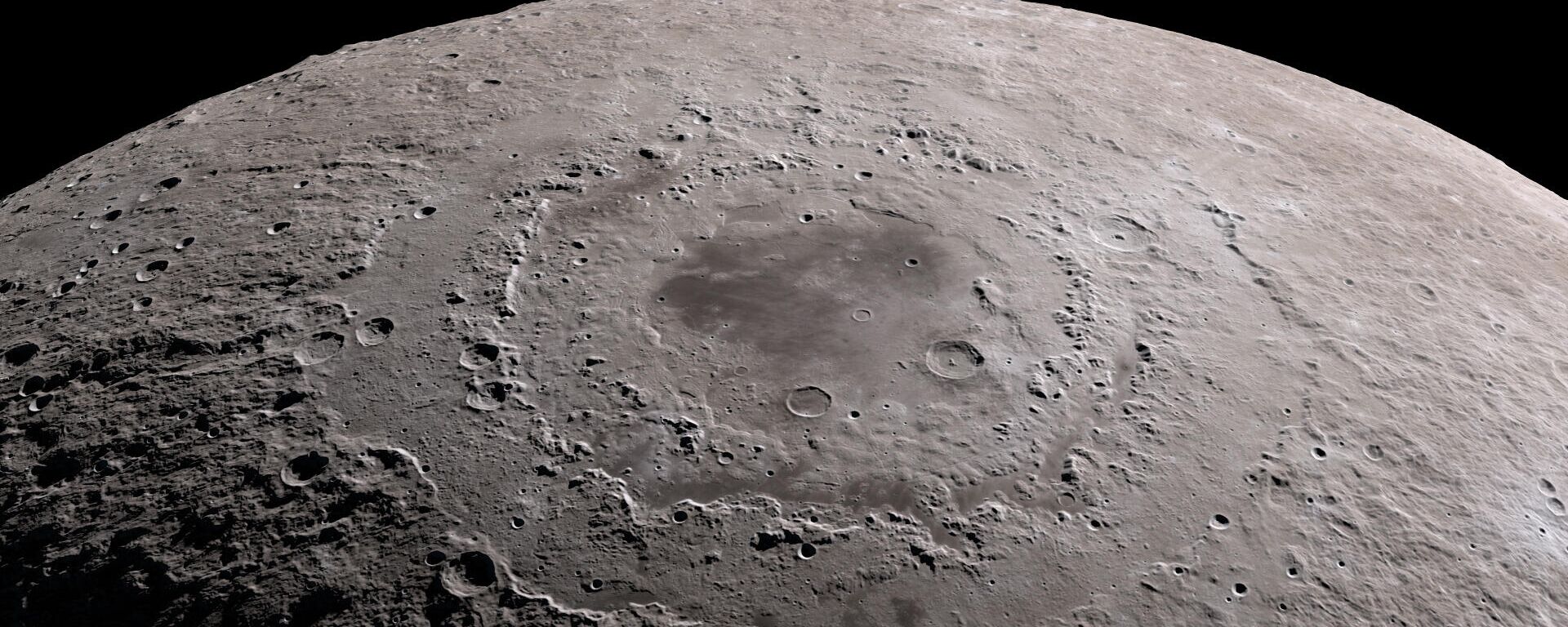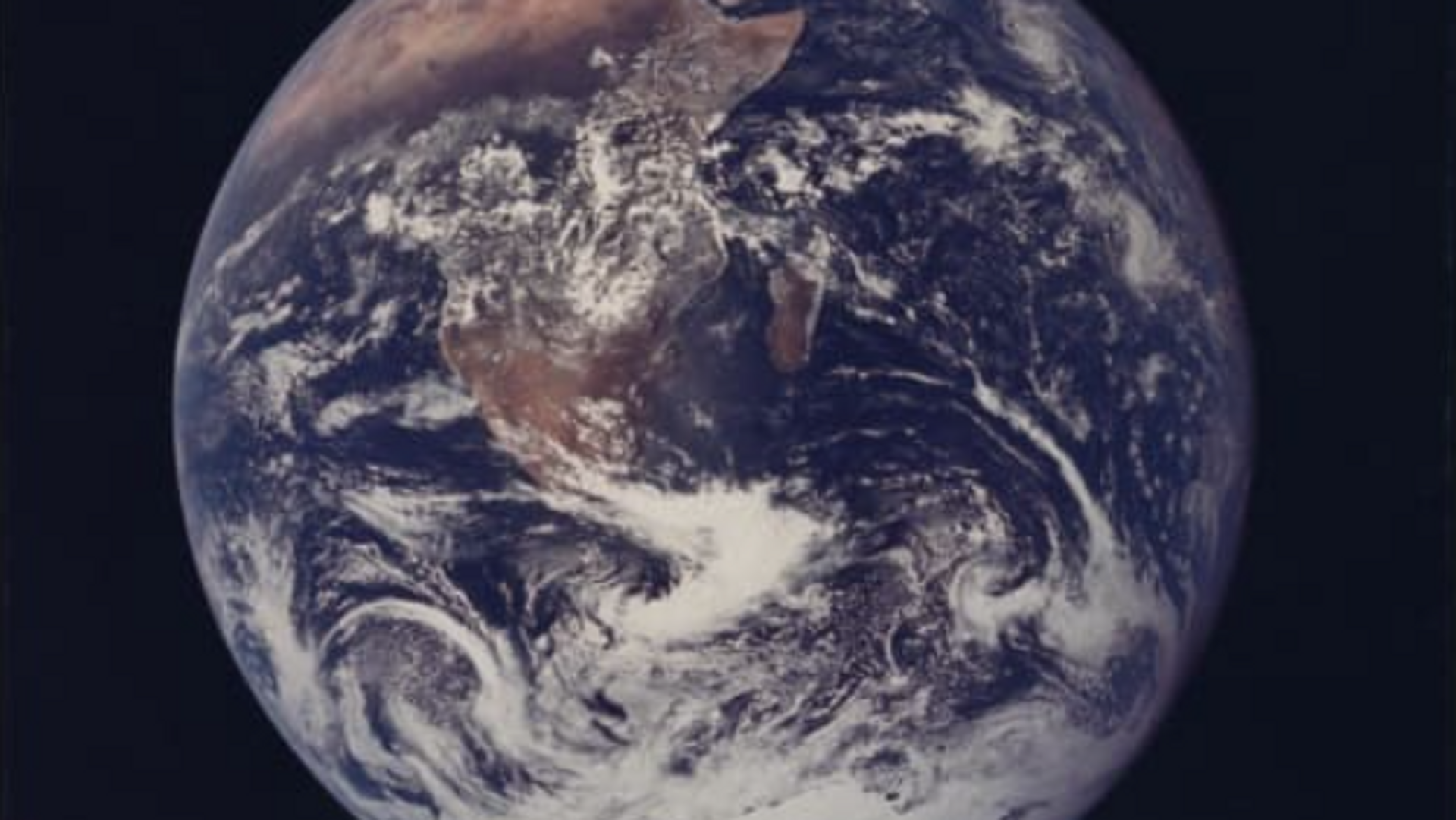https://sputnikglobe.com/20220220/moon-rocks-formed-435billion-years-ago-may-offer-clues-to-true-origins-of-earths-water-1093200900.html
Moon Rocks Formed 4.35Billion Years Ago May Offer Clues to True Origins of Earth's Water
Moon Rocks Formed 4.35Billion Years Ago May Offer Clues to True Origins of Earth's Water
Sputnik International
As the origin of water on Earth – still the subject of debate - is the origin of life in our Universe, figuring out how our world obtained its water is... 20.02.2022, Sputnik International
2022-02-20T12:13+0000
2022-02-20T12:13+0000
2022-02-20T12:13+0000
water
universe
moon
nasa
meteorite
asteroids
science & tech
https://cdn1.img.sputnikglobe.com/img/07e4/0b/0e/1081161308_0:66:625:418_1920x0_80_0_0_5d9b53b9e9933cf457243d100e8803fd.png
Fresh analysis of rocks collected from the Moon may have allowed scientists to come up with a new theory explaining the source of Earth’s water – the origin of life as we know it.Scientists of Lawrence Livermore National Laboratory (LLNL), weighing in on the longstanding debate, have concluded that the likeliest explanation is that Earth was formed with its water.Thus, the study, published in the Proceedings of the National Academy of Sciences (PNAS) and funded by NASA and the Laboratory Directed Research and Development program, appears to reject the commonly accepted notion that one potential way the water was delivered was by bombardment from water-bearing asteroids and comets."Earth was either born with the water we have, or we were hit by something that was basically pure H2O, with not much else in it," explained cosmochemist Greg Brennecka of LLNL, a co-author of the paper. He added:Science has established that the Earth-Moon system formed 4.5 billion years ago as a result of the impact of two large bodies at an early stage in the solar system’s history.As the Moon is not subject to the plate tectonics and weathering processes erasing evidence of those distant events on Earth, its dusty and dry surface rocks are a potential source of clues to the history of our planet’s water. 70 percent of Earth’s surface is covered with water.The team involved in the research analyzed the isotopic makeup of three lunar samples that crystallized 4.3 to 4.35 billion years ago. According to the paper, the scientists, examining two isotopes: volatile and radioactive isotope rubidium-87 (87Rb), and the isotope it decays into, strontium-87 (87Sr).They found that bodies involved in the ancient impact that formed the Earth-Moon system had themselves contained very low levels of volatile elements (like water) before the impact.In other words, the bodies that collided must have both been dry to start with.Lars Borg, the lead author of the study, was cited as saying:
https://sputnikglobe.com/20220115/moons-crust-may-have-formed-from-slushy-magma-ocean-scientists-suggest-1092276033.html
Sputnik International
feedback@sputniknews.com
+74956456601
MIA „Rosiya Segodnya“
2022
News
en_EN
Sputnik International
feedback@sputniknews.com
+74956456601
MIA „Rosiya Segodnya“
Sputnik International
feedback@sputniknews.com
+74956456601
MIA „Rosiya Segodnya“
water, universe, moon, nasa, meteorite, asteroids, science & tech
water, universe, moon, nasa, meteorite, asteroids, science & tech
Moon Rocks Formed 4.35Billion Years Ago May Offer Clues to True Origins of Earth's Water
As the origin of water on Earth – still the subject of debate - is the origin of life in our Universe, figuring out how our world obtained its water is regarded as key to finding life on other worlds.
Fresh analysis of rocks collected from the Moon may have allowed scientists to come up with a new theory explaining the source of Earth’s water – the origin of life as we know it.
Scientists of Lawrence Livermore National Laboratory (LLNL), weighing in on the longstanding debate, have concluded that the likeliest explanation is that Earth was formed with its water.
Thus, the study,
published in the Proceedings of the National Academy of Sciences (PNAS) and funded by NASA and the Laboratory Directed Research and Development program, appears to reject the commonly accepted notion that one potential way the water was delivered was by bombardment from water-bearing asteroids and comets.
"Earth was either born with the water we have, or we were hit by something that was basically pure H2O, with not much else in it," explained cosmochemist Greg Brennecka of LLNL, a co-author of the paper. He added:
"This work eliminates meteorites or asteroids as possible sources of water on Earth and points strongly toward the 'born with it' option."
Science has established that the Earth-Moon system formed 4.5 billion years ago as a result of the impact of two large bodies at an early stage in the solar system’s history.

15 January 2022, 11:16 GMT
As the Moon is not subject to the plate tectonics and weathering processes erasing evidence of those distant events on Earth, its dusty and dry surface rocks are a potential source of clues to the history of our planet’s water. 70 percent of Earth’s surface is covered with water.
The team involved in the research analyzed the isotopic makeup of three lunar samples that crystallized 4.3 to 4.35 billion years ago. According to the paper, the scientists, examining two isotopes: volatile and radioactive isotope rubidium-87 (87Rb), and the isotope it decays into, strontium-87 (87Sr).
They found that bodies involved in the ancient impact that formed the Earth-Moon system had themselves contained very low levels of volatile elements (like water) before the impact.
In other words, the bodies that collided must have both been dry to start with.
Lars Borg, the lead author of the study,
was cited as saying:
“There were only a few types of materials that could have combined to make the Earth and moon, and they were not exotic — they were likely both just large bodies that formed in approximately the same area that happened to run into one another a little more than 100 million years after the solar system formed…but lucky for us, they did just that.”




